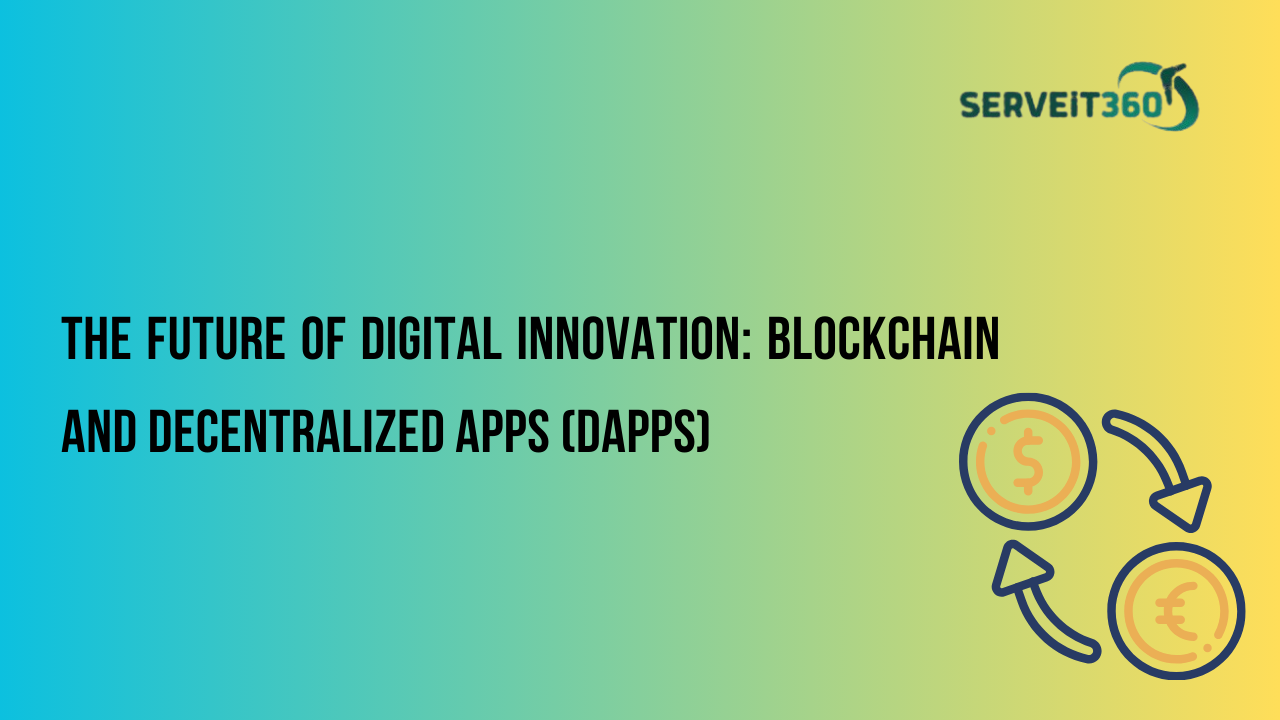Have you ever experienced the annoyance of sluggish bank transfers, exorbitant fees, or social media platforms that seem to monopolize your personal data? Envision a scenario where you possess complete control—where transactions occur instantaneously, fees are minimal, and your data remains exclusively yours. This is the vision that blockchain technology and decentralized applications (DApps) are striving to realize.
You may be wondering, “What implications does this have for me?” That is an excellent inquiry! Let us explore this topic further.
What is Blockchain, and Why is it Important to You?
Fundamentally, blockchain functions as a digital ledger that is distributed across numerous computers. Once data is entered, it becomes nearly impossible to alter. This characteristic ensures the integrity of the information, eliminating the risks of tampering, fraud, and the involvement of intermediaries who take a portion of your transactions.
Here is a concise overview of the significance of blockchain technology:
| Feature | Why It Matters |
| Decentralization | No single entity controls the data. It’s distributed across a network, making it more secure. |
| Transparency | Every transaction is recorded and visible to everyone, reducing fraud and corruption. |
| Security | Data is encrypted and immutable, making hacking nearly impossible. |
| Trustless Transactions | You don’t need to trust a middleman (like a bank) because the system ensures fairness. |
Alright, so blockchain is pretty amazing. But what about these so-called DApps? Let’s break it down.
What Are DApps?
Decentralized applications, commonly referred to as DApps, function similarly to the applications you currently utilize; however, they operate on a blockchain network rather than conventional centralized servers. This structure ensures that no single entity has control over them, allowing for a peer-to-peer (P2P) operational model.
Exploring Real-World Impact
Consider the case of Sarah, a small business owner who specializes in selling handmade jewelry online. For an extended period, she faced challenges with sluggish payment processing and exorbitant transaction fees. Upon transitioning to a decentralized finance (DeFi) platform based on blockchain technology, she experienced a transformation. She was able to receive payments instantly from customers around the globe, incurring minimal fees. The days of waiting for her funds were over!
This is merely one illustration, yet there are numerous ways in which DApps are simplifying various aspects of life. Let us explore additional examples.
The Benefits of DApps
| Benefit | How It Helps |
| Lower Fees | No middlemen taking a cut means you keep more of your earnings. |
| Better Security | Your data is encrypted and spread across the blockchain, making hacks far less likely. |
| No Censorship | No single company or government can shut down a DApp. |
| Faster Transactions | Say goodbye to waiting days for a transaction to clear! |
| Global Access | Anyone with an internet connection can use DApps, no matter where they live. |
Applications of DApps
Decentralized Finance (DeFi) – Platforms such as Uniswap and Aave enable users to lend, borrow, and trade assets independently of traditional banking systems.
Gaming & NFTs – Titles like Axie Infinity allow players to earn income while gaming, and NFTs provide artists with a means to sell digital artwork directly, bypassing intermediaries.
Supply Chain Transparency – Organizations like IBM and Walmart utilize blockchain technology to monitor goods, ensuring their authenticity and minimizing fraud.
Social Media & Content Creation – Rather than large tech corporations profiting from user-generated content, decentralized platforms like Steemit empower individuals to monetize their posts.
Challenges: The Road Ahead
It is important to acknowledge that DApps face certain challenges that must be addressed before achieving widespread adoption:
- Scalability Concerns – Blockchains may experience congestion, leading to slower transaction speeds.
- User Complexity – The process of setting up wallets and managing private keys can be daunting for newcomers.
- Regulatory Ambiguity – Governments are still in the process of determining how to regulate decentralized platforms.
However, it is reassuring to note that innovators are diligently working on solutions, such as Layer 2 scaling and enhanced user interfaces, to improve the experience.
What Lies Ahead for DApps?
The outlook is promising. As an increasing number of businesses investigate blockchain and DApps, we are moving towards a decentralized internet (Web3) that grants users greater control over their data and financial resources.
Anticipated developments include:
- Enhanced scalability solutions – Quicker transactions with reduced fees.
- More intuitive interfaces – User-friendly wallets and platforms.
- Broader adoption – A growing number of companies incorporating blockchain into everyday services.
Concluding Thoughts
Blockchain technology and DApps represent more than mere trends; they are fundamentally transforming our interactions with technology. Whether it involves transferring funds, engaging in gaming, or verifying product authenticity, decentralized applications are empowering users like never before.
Are you prepared to explore the realm of blockchain and DApps? The revolution is already underway.


